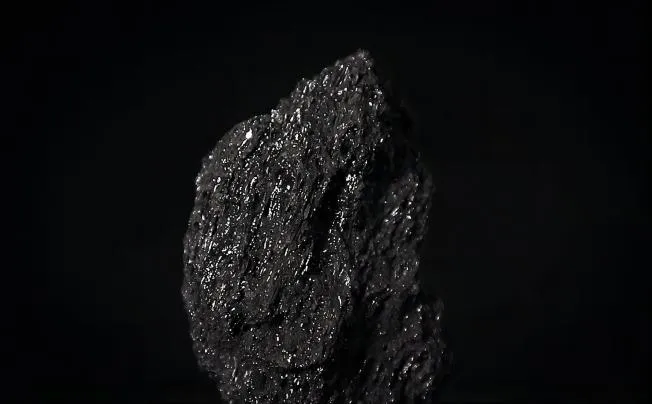
Coke and petroleum coke are two distinct carbonaceous materials that play crucial roles in various industries. Coke, commonly referred to as metallurgical coke or just "coke," is a…
Learn more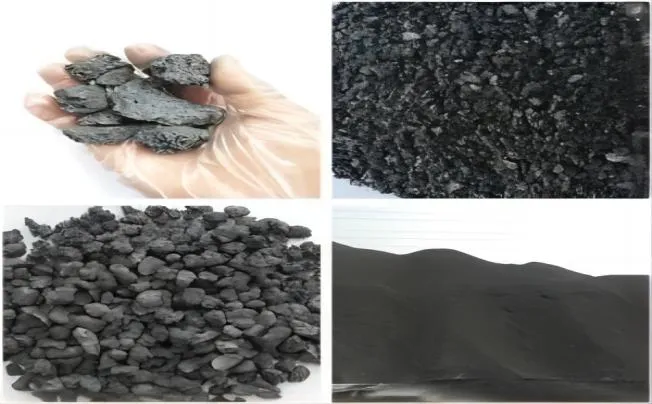
Petroleum coke, commonly referred to as pet coke, is a carbonaceous solid residue obtained from the refining of crude oil. It is a byproduct of the oil refining process and is comp…
Learn more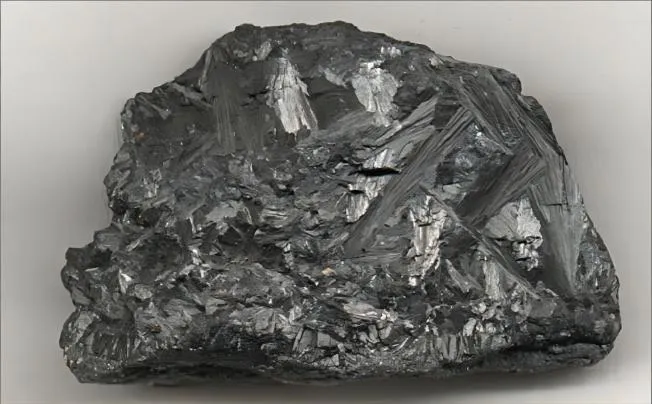
Manganese, a silvery-gray metal with atomic number 25 and symbol Mn on the periodic table, is a crucial element found abundantly in nature. Named after the Greek word "magnes," mea…
Learn more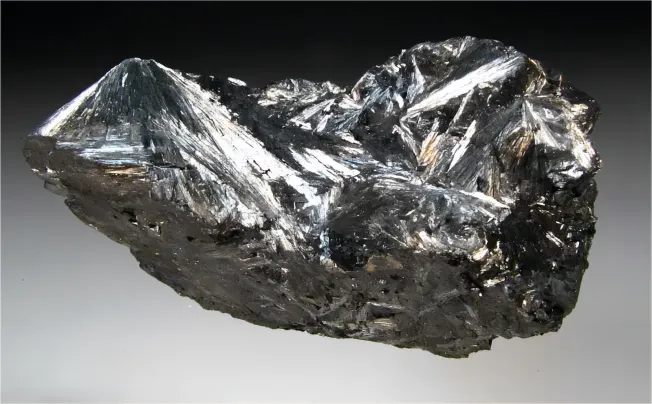
As we delve into the realm of minerals and metals, one element that stands out with its versatile properties and crucial role in numerous industries is manganese. Manganese, a meta…
Learn more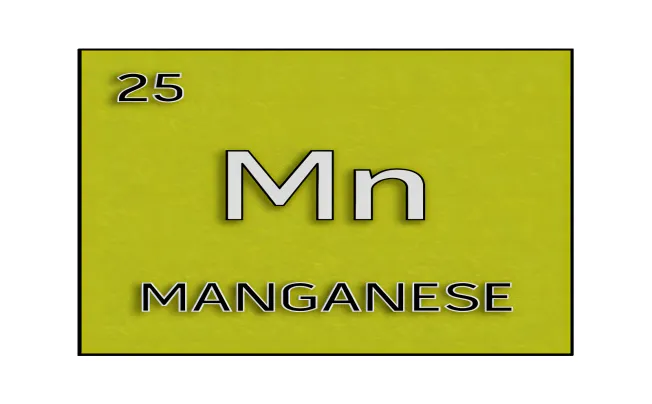
Known for its distinct silvery-gray appearance, manganese possesses exceptional strength and durability. It has a relatively high melting point of 1,246 degrees Celsius and boasts …
Learn more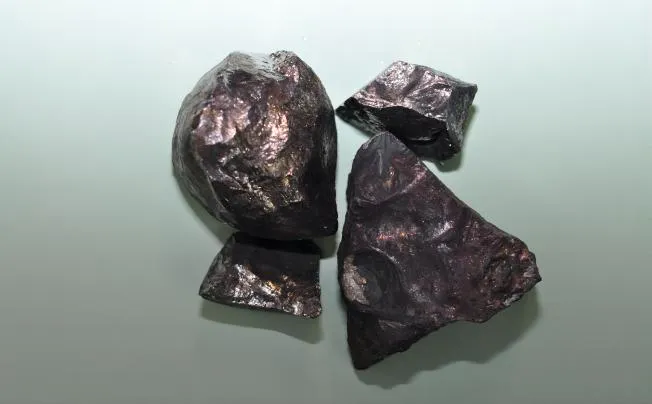
Manganese, denoted by the symbol Mn and atomic number 25 on the periodic table, is a transition metal renowned for its diverse range of industrial applications. Named after the Gre…
Learn more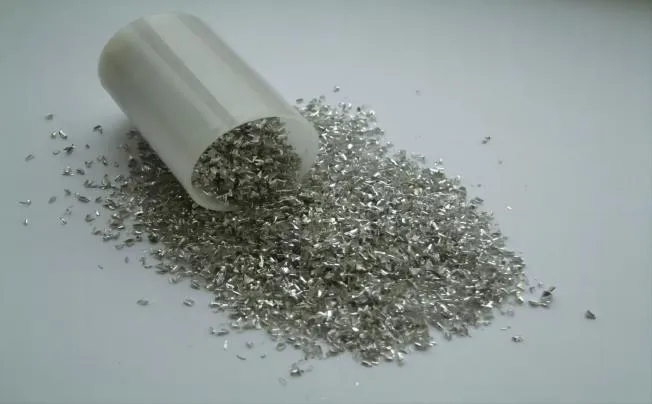
The world of minerals is a fascinating one, with each element playing a crucial role in maintaining the delicate balance within our bodies. Two such minerals that often take center…
Learn more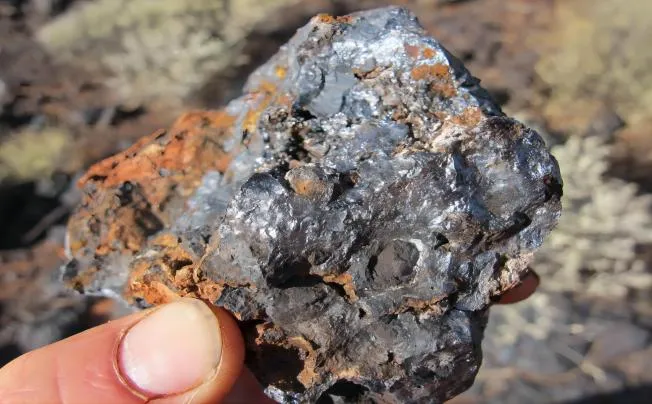
In the vast landscape of essential minerals, manganese, and magnesium stand out as key players in maintaining optimal health and well-being. These two minerals, often overlooked am…
Learn more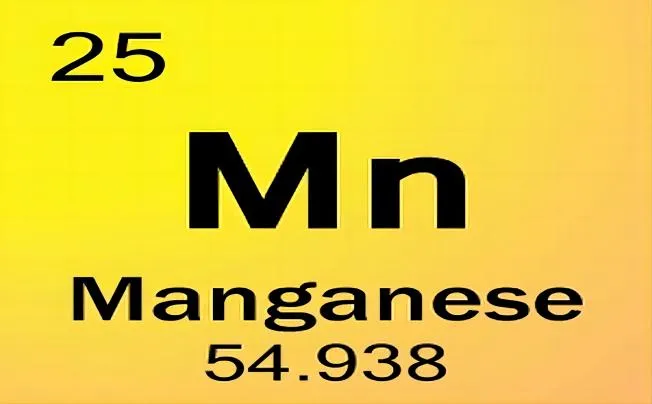
Manganese, a trace mineral abundantly found in nature, plays a pivotal role in various physiological processes within the human body. As an essential nutrient, manganese serves as …
Learn more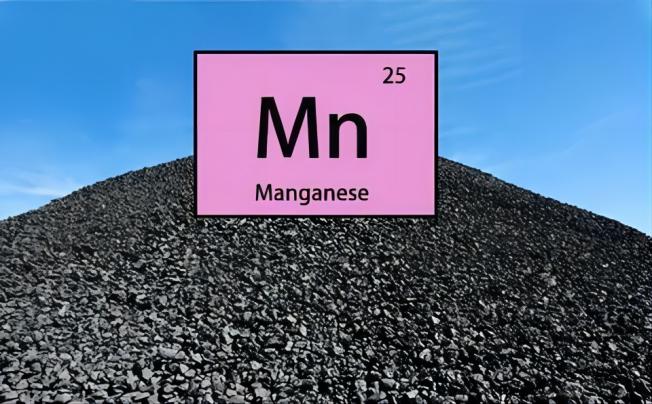
Within the vast realm of elements, manganese emerges as a silent powerhouse, wielding its influence across multiple domains. Its significance spans from the molecular intricacies o…
Learn more